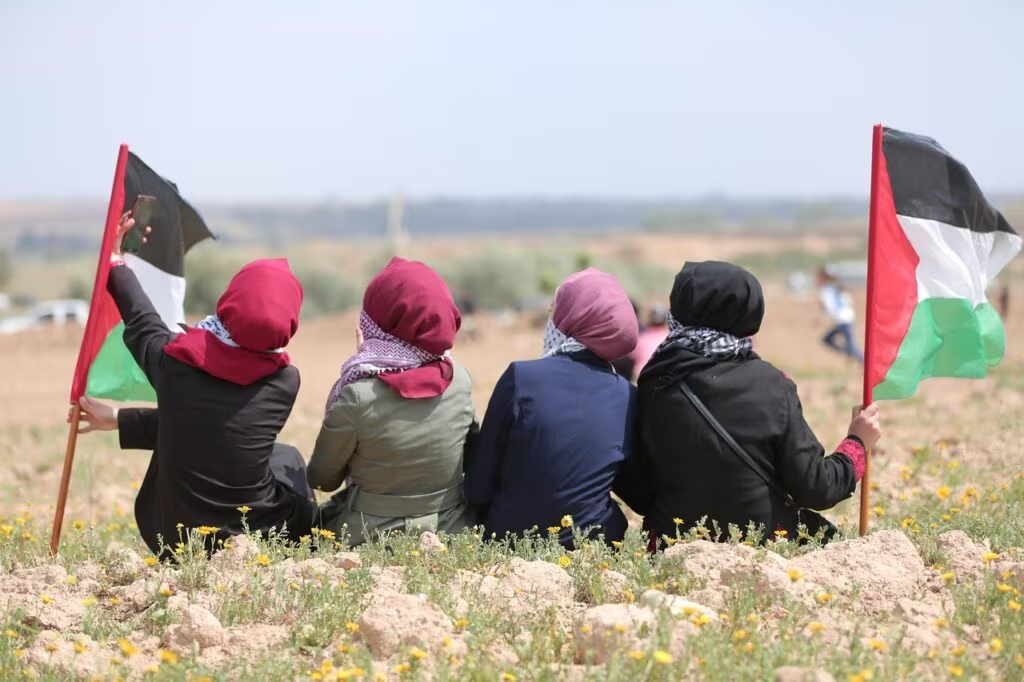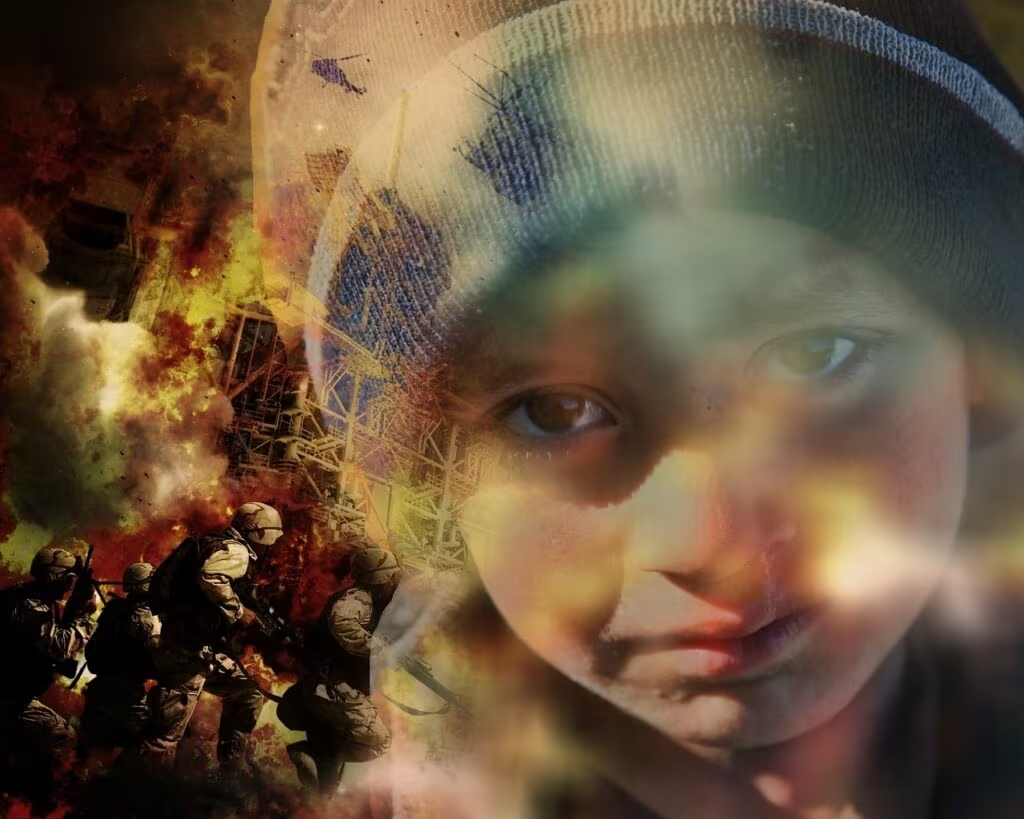Escalating Human Cost: Gaza Death Toll Surpasses 69,000
The human toll of the Israel-Hamas war reached a grim milestone this week, with Gaza health officials reporting that the number of Palestinians killed has now surpassed 69,000. This staggering figure underscores the catastrophic scale of the conflict, which continues to devastate the densely populated Gaza Strip.
Simultaneously, a highly sensitive and complex operation was completed: the latest exchange of human remains between Israeli authorities and militant groups. Such exchanges are a painful necessity in prolonged conflicts, offering a measure of closure to families while highlighting the immense challenges of accounting for the dead and missing.
This news, originating from areas like Khan Younis in the southern Gaza Strip, brings into sharp focus the dual realities of the conflict: the relentless accumulation of casualties and the intricate, often fraught, negotiations required to manage the consequences of the fighting.
The Casualty Count: Understanding the Data
The figure of over 69,000 fatalities is compiled and reported by health authorities within the Gaza Strip. As is typical in active war zones, these numbers are difficult to independently verify immediately, but they serve as the primary indicator of the conflict’s severity.
Journalists and international organizations often rely on these figures while acknowledging the inherent limitations of data collection during intense fighting, particularly regarding the breakdown between combatants and civilians. International bodies continue to stress the need for meticulous record-keeping to ensure accountability once the conflict subsides.
The Scale of Loss
The reported casualties include thousands of women and children, reflecting the nature of warfare in an urban environment where distinguishing between civilian and military targets is exceptionally challenging. The sheer volume of the dead has overwhelmed local infrastructure, including hospitals and morgues, contributing to the severe humanitarian crisis.

The Sensitive Operation: Exchange of Remains
The exchange of remains between the warring parties is a highly charged diplomatic and humanitarian process. These operations typically involve the transfer of bodies recovered by one side to the other, often facilitated by international intermediaries such as the International Committee of the Red Cross (ICRC).
Why the Exchange Matters
For families, the recovery of remains is crucial for religious observance, legal documentation, and psychological closure. For the parties involved, these exchanges can serve several purposes:
- Humanitarian Gesture: Providing closure to grieving families, often under intense public pressure.
- Intelligence Gathering: Allowing each side to confirm the fate of their missing personnel or citizens.
- Confidence Building: While not a sign of peace, these limited humanitarian actions sometimes represent a minimal level of communication required for future, larger negotiations, such as hostage releases or long-term ceasefires.
This latest operation underscores the persistent efforts, even amidst active hostilities, to address the profound personal tragedies caused by the war.
Humanitarian Crisis and Infrastructure Collapse
The immense casualty count is inextricably linked to the collapse of essential services and infrastructure across the Gaza Strip. The inability of medical facilities to cope with the influx of trauma patients, coupled with shortages of medicine, fuel, and clean water, has exacerbated the death toll.
Medical personnel, operating under extreme duress, face impossible choices daily. The destruction of hospitals and clinics has severely degraded the region’s capacity to treat both war wounds and chronic illnesses.

Ongoing Challenges for Aid Delivery
International aid organizations continue to struggle with access and distribution, hampered by security risks, logistical bottlenecks, and bureaucratic hurdles. The primary needs remain acute:
- Medical Supplies: Essential drugs, surgical equipment, and blood products.
- Shelter and Sanitation: Providing adequate shelter for the hundreds of thousands displaced, along with clean water and sanitation to prevent disease outbreaks.
- Food Security: Preventing widespread famine, particularly among vulnerable populations like children and the elderly.
Key Takeaways on the Conflict’s Current Status
As the conflict enters a new phase in 2025, the focus remains on the humanitarian fallout and the elusive path toward a lasting cessation of hostilities. The latest developments highlight several critical points:
- Tragic Milestone: The reported death toll exceeding 69,000 confirms the extreme lethality of the fighting.
- Sensitive Diplomacy: The exchange of remains demonstrates a minimal, yet crucial, channel of communication between the warring parties for humanitarian purposes.
- Infrastructure Crisis: The ability of Gaza’s health system to cope has been fundamentally compromised, contributing to secondary deaths.
- International Pressure: Global calls for increased humanitarian access and a permanent ceasefire continue to mount in response to the escalating casualties.

Conclusion: The Unrelenting Cost of War
The latest figures from Gaza serve as a stark reminder of the unrelenting human cost of the conflict. While the exchange of remains offers a small, painful step toward individual closure, the overarching crisis—defined by mass displacement, infrastructural collapse, and the staggering loss of life—demands immediate and sustained international action. The focus for global powers remains on leveraging humanitarian exchanges into meaningful steps toward de-escalation and a political resolution that addresses the root causes of the violence.
Original author: Wafaa Shurafa, Sally Abou Aljoud, Julia Frankel
Originally published: November 8, 2025
Editorial note: Our team reviewed and enhanced this coverage with AI-assisted tools and human editing to add helpful context while preserving verified facts and quotations from the original source.
We encourage you to consult the publisher above for the complete report and to reach out if you spot inaccuracies or compliance concerns.

